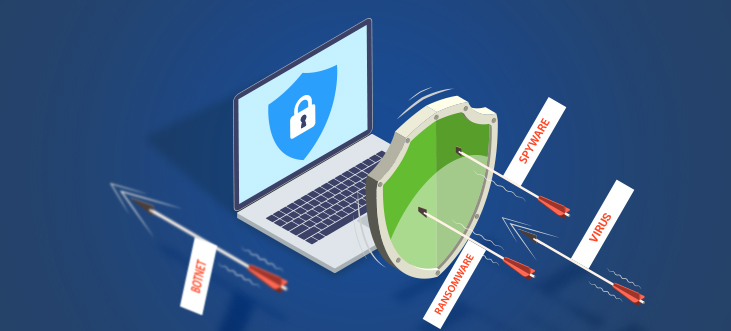
Zero-day attacks take advantage of a previously unknown vulnerability in an application or Web service that has not been addressed or patched by the creators of that application or Web service. Since the zero-day vulnerability is previously not known, the zero-day exploits often occur without the consent of the users as there will be no patches available at the time of infection.
Who is responsible for Zero-day attacks?
Zero-day attacks come from criminal hackers who have taken advantage of a previously unknown vulnerability in the application.
Even today, several zero-day vulnerabilities exist in the wild, with no patches available to prevent hackers from exploiting it. The mechanism used for staging the zero-day attacks has also changed from using simple phishing attacks, and spam to more sophisticated techniques.
Why do zero-day vulnerabilities pose security risks?
Criminal hackers write code to target a specific security weakness (zero-day vulnerability) in a software application and package it into a malware to compromise a computer system or cause unusual behaviors to occur on the software.
Once infected, the hacker can steal the user data and can take unauthorized control of the computer, and even use the software for malicious activities.
How to prevent Zero-day vulnerabilities?
Zero-day vulnerabilities are hard to fix on-time as the security flaw is previously not known to the developers. Timely release of the security patch for a zero-day vulnerability depends on the developers, i.e., how quickly they can come up with a patch if a security flaw shows up.
However, it is up to individual users to install the security patch for zero-day vulnerabilities on-time if it is made available by the developers.
How App developers can protect their apps from Zero-day attacks
Since the employees, customers, and partners often access critical applications on devices outside of the carefully secured Enterprise network, there is a high chance of zero-day attack.
For such situations, we recommend Comodo SecureBox which is a security software solution that uses a unique approach to protect your application from hackers. Instead of securing each user’s device and OS which is an impossible task, Comodo’s SecureBox protects the application itself, i.e., it runs every user sessions inside non-modifiable containers that treat all other active computing processes as hostile. SecureBox keeps your application isolated and safe even on malware-infected endpoints.
Why Use SecureBox?
Organizations cannot prevent employees and customers from using infected or compromised computers to connect to their application or web app. Security measures such as antivirus software, endpoint security, and encryption cannot prevent social engineering attacks or other user-initiated errors.</
Comodo SecureBox eliminates those human errors by ensuring customers interact only with your application through a highly secured container, isolated from threats that may be affecting the rest of their system.
Using Comodo’s containerization technology, SecureBox allows organizations to wrap their applications and drop them into environments where they may not have complete control like the Point-of-Sale (POS) systems, ATM machines, and user-owned endpoints.
Malware that may exist in these environments cannot access the organization’s application while they are in SecureBox.